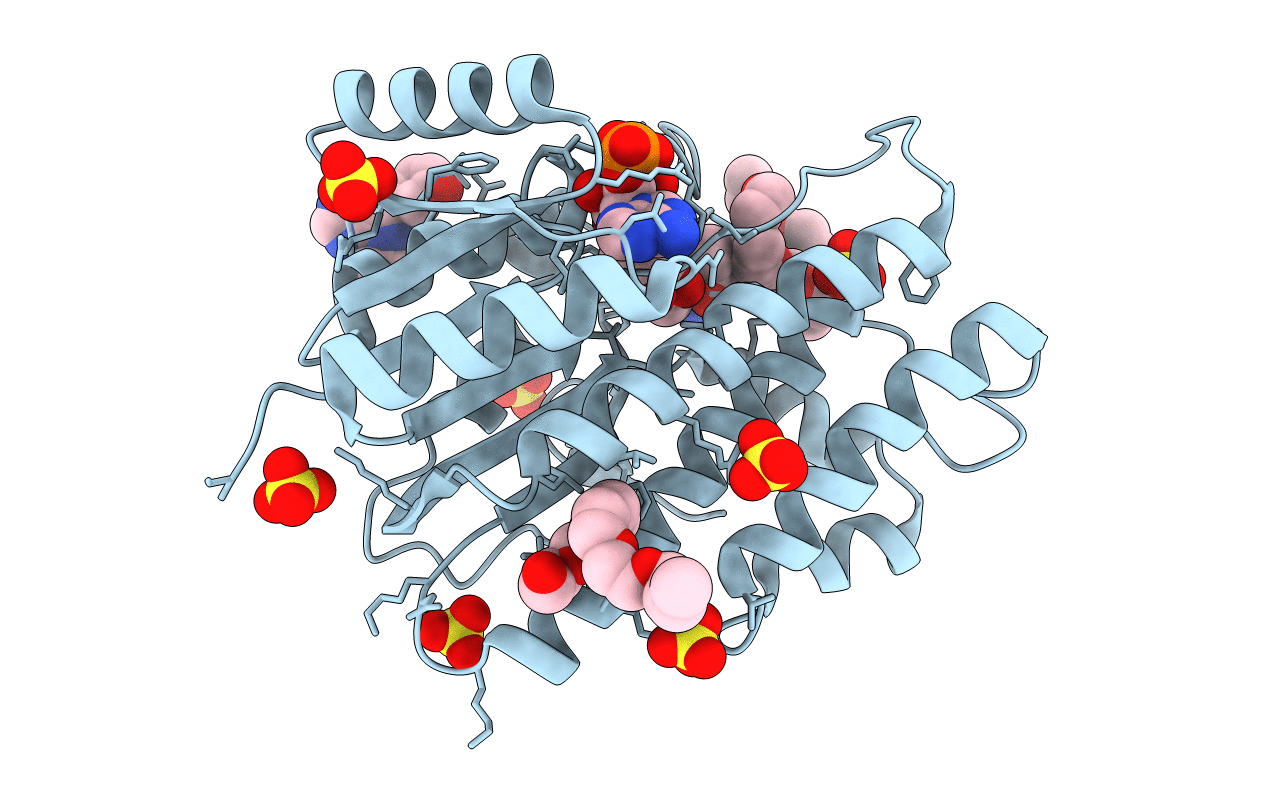
Deposition Date
2004-07-06
Release Date
2005-04-26
Last Version Date
2024-03-13
Entry Detail
PDB ID:
1WMA
Keywords:
Title:
Crystal structure of human CBR1 in complex with Hydroxy-PP
Biological Source:
Source Organism:
Homo sapiens (Taxon ID: 9606)
Host Organism:
Method Details:
Experimental Method:
Resolution:
1.24 Å
R-Value Free:
0.16
Space Group:
P 21 21 21


